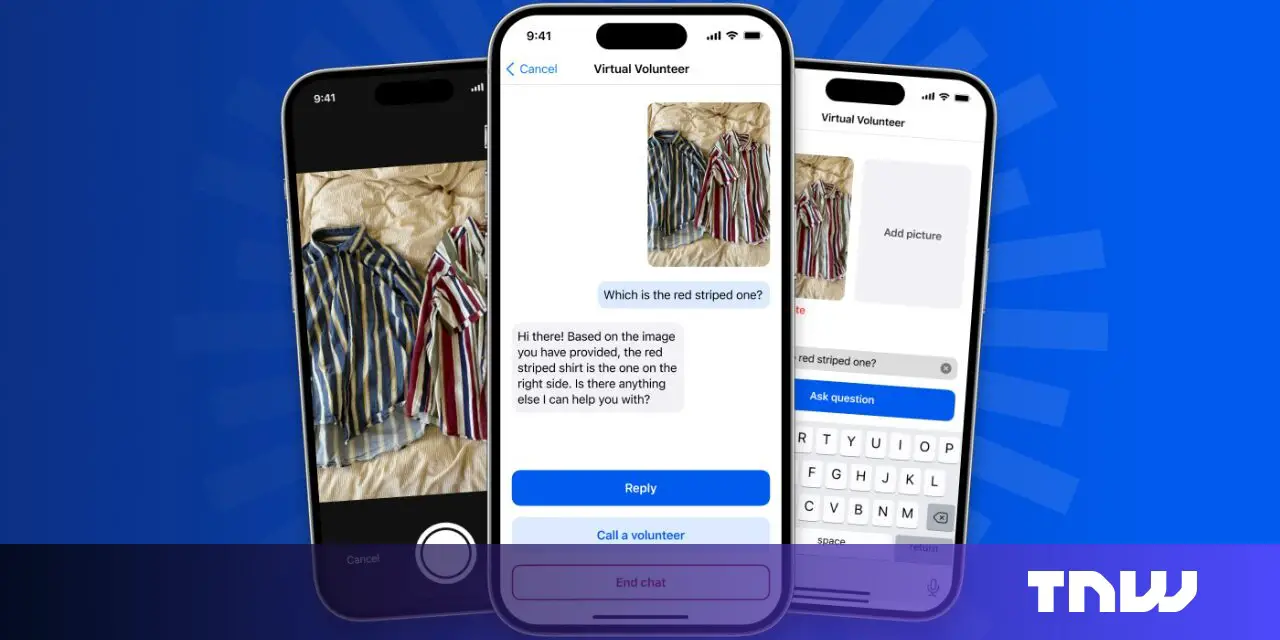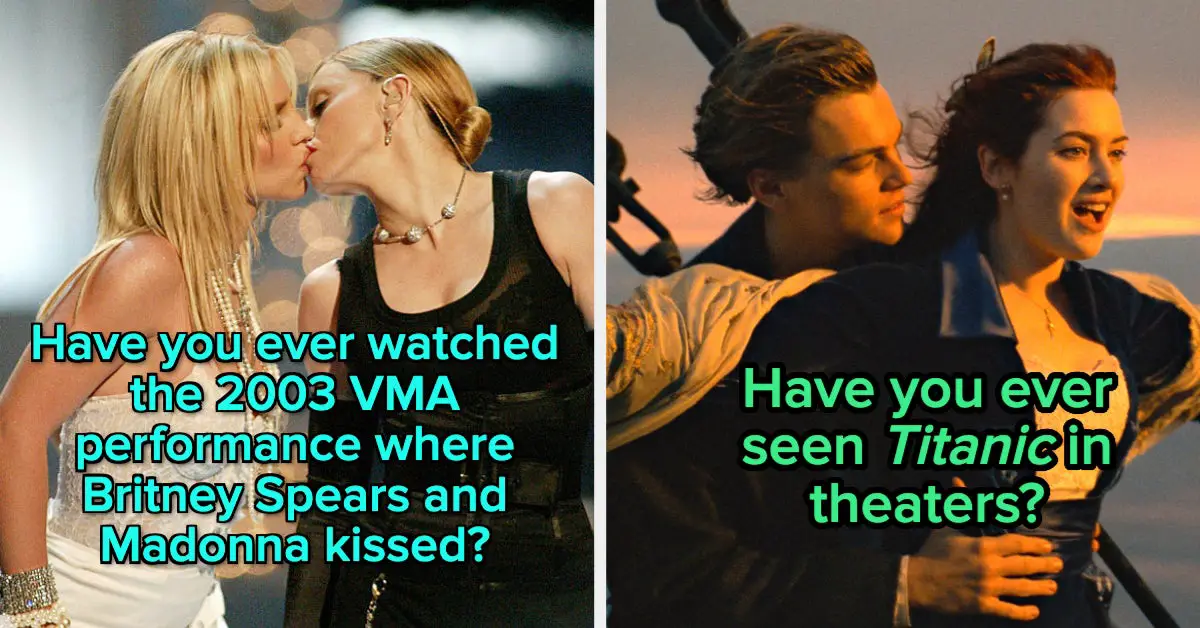The past couple of years have steadily increased the volume of AI-Generated audio, images, and videos. While the earlier attempts at deep fake were for entertainment purposes, it didn’t take long before the malicious intent crept in.
Whenever someone hears the term “deep fake”, they think of the intentional spread of misinformation using AI-generated audio, video, and image files. Deep fake refers to using artificial intelligence (AI) to manipulate or fabricate media content, such as audio, video, or images, in an almost authentic and genuine way. While the technology behind deep fake can be remarkable, it poses significant dangers in various aspects of our lives.
How Deep Fake Works
Deep fake technology utilizes a combination of artificial intelligence (AI) techniques, particularly deep learning algorithms, to create and manipulate realistic media content.
The process begins by collecting a large dataset of images, videos, or audio recordings of the target individual(s) or subject(s) to be manipulated. This dataset serves as the training material for the AI model.
Afterward, the algorithms use a deep-learning neural network called a generative adversarial network (GAN). The GAN consists of two main components: a generator (trained to generate fake content that closely resembles the target person) and a discriminator (to distinguish between real and fake content. It is simultaneously trained to recognize authentic media and identify the generated content from the generator).
For video deep fakes, facial mapping, and reenactment techniques are employed. The AI model analyzes the facial features and expressions from the source video and maps them onto the target individual’s face. This process involves aligning the facial landmarks and adjusting the facial expressions to match the movements and terms of the target person.
After the initial mapping, additional processing techniques, such as blending, smoothing, and color correction, are applied to enhance the realism of the generated content.
Once the AI model is trained and refined, it can generate new media content featuring the target person’s face or voice. This can include videos where the target person appears to say or do things they never did or images that show them in situations they were not present.
Types of Deep Fake
Deep fake can manifest in several forms, each covering a means of spreading information over the internet.
Audio fakes involves the creation of synthetic voices that mimic real individuals, making it possible to generate convincing voice recordings.
Video fakes works predominantly by altering or replacing faces in videos, making distinguishing between factual and fabricated content challenging.
Image fakes focuses on manipulating static images, allowing for the creation of convincing fake photos. This is the most widely used type of deep fake because it is the easiest to generate.
Combination deep fake utilizes two or more types to produce media content, making for a wider scope and slightly more convincing content.
Recognizing the Threat: Being Alert to Potential Manipulation
Online Manipulation
Deep fake content can severely damage the way we absorb media on the internet. Naturally, social media platforms and users are vulnerable to Deep fake media due to the speed and the scale of information dissemination that goes on. With most users not particularly doing justice to check the authenticity of the media they absorb, it is easy for malicious actors to spread misinformation using Deep fake content. This can easily lead to widespread deception and manipulation of public opinion and even be used to propaganda and fuel societal unrest.
In-Person Manipulation
Deepfake can also affect individuals outside of the digital space. Personal lives, workplaces, and relationships become at risk as colleagues, friends, and partners may face the risk of manipulation through the various types of deep fake content. This can lead to reputational damage, emotional distress, misunderstandings, and potential conflicts.
The Consequences of Deep fake
The consequences of Deep fake have far-reaching adverse effects, spanning political, social, and economic impacts.
Social Impact
Deep fake predominantly makes it challenging to differentiate between real and fake content, particularly as AI and ML models advance. This threatens the media and erodes trust from a foundational perspective. This erosion of trust undermines the foundations of a healthy and informed society, potentially sowing division and contributing to the spread of misinformation.
Political Impact
When used to spread political propaganda, deep fake can pose a significant risk to politics. Manipulated videos and audio recordings can be employed to fabricate speeches, interviews, or statements by public figures, potentially altering public opinion, damaging reputations, and compromising the integrity of democratic processes.
Economic Impact
Deep fake can affect businesses, especially when reputation and intellectual property are targeted. This can lead to their integrity being undermined, subsequently resulting in reduced patronage by customers, financial losses, and possible legal proceedings.
Combating Deep Fake
As organizations continue to battle the dangers of deep fake, the following approaches should be adopted.
Technological Solutions
Researchers and tech companies are developing tools to detect and mitigate fake content. Improved algorithms, AI-based identification systems, and watermarking techniques can help authenticate media and identify potential fakes. Also, utilizing data loss prevention software that allows organizations to detect not just individual instances of real-time sensitive data exposure within applications but the end user activity leading up to these incidents would help combat the first stage of the collection of large datasets for the AI model.
Legislative Measures
Governments worldwide need to establish clear legal frameworks to address the misuse of the technology. These measures should include regulations for creating, distributing, and using false content, as well as penalties for its malicious intent.
Media Literacy and Education
Individuals need to be trained on how to recognize deepfake and navigate the internet within the realm of Deep fake. Educative programs, user awareness training, public awareness campaigns, and initiatives aimed at improving digital literacy should be periodically scheduled.
AI-generated media content and deep fake technology may offer exciting possibilities, but they pose significant dangers if left unchecked. Understanding the types of fake content, being alert to potential manipulation both online and in-person, and understanding how to combat deepfake are crucial steps to having a healthy digital life. By using the right technology, enacting appropriate regulatory laws, and promoting media literacy, it is possible to navigate the challenges presented by deep fake and preserve trust in our digital world.
FAQ
A: Deep fakes are synthetic media, usually video or audio, created using artificial intelligence and deep learning algorithms to manipulate or replace the original content with fabricated content. They are considered dangerous because they can deceive people by convincingly altering the appearance or voice of individuals, potentially leading to misinformation, identity theft, or even the spread of false narratives.
A: Deep fakes can be misused to harm individuals or organizations in various ways. For instance, malicious actors may use deep fakes to create fake videos of public figures or politicians making inflammatory statements, leading to reputational damage or inciting public unrest. Similarly, deep fakes can defame individuals, damage personal relationships, or even blackmail people by portraying them in compromising situations they were never involved in.
A: Yes, deep fakes pose significant risks to national security. They can be utilized to create realistic-looking videos or audio of political leaders or military personnel, potentially spreading false information, misleading adversaries, or undermining public trust in government institutions. This could have serious consequences for a nation’s security and geopolitical stability.
A: Individuals and organizations can take several precautions to protect themselves from the dangers of deep fakes. These include promoting media literacy and critical thinking to identify potential deep fakes, using watermarking or digital signatures on authentic content, verifying the media source before sharing or reacting to it, and staying informed about the latest deep fake detection technologies.
A: While some countries have started to enact legislation to address deep fakes, it remains a complex and evolving legal landscape. Defamation, privacy, copyright, and impersonation laws may apply in cases involving deep fakes. However, enforcing these laws and prosecuting perpetrators can be challenging, especially when dealing with cross-border issues or when the technology used to create deep fakes advances rapidly. Policymakers and legal experts are continuously working to develop appropriate measures to combat the dangers of deep fakes effectively.










Leave a Reply